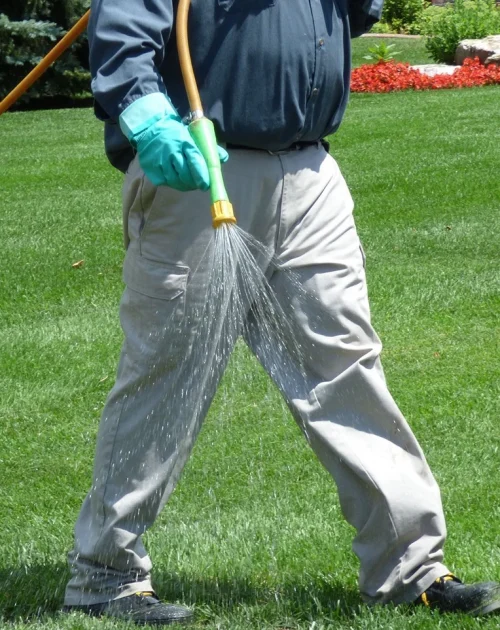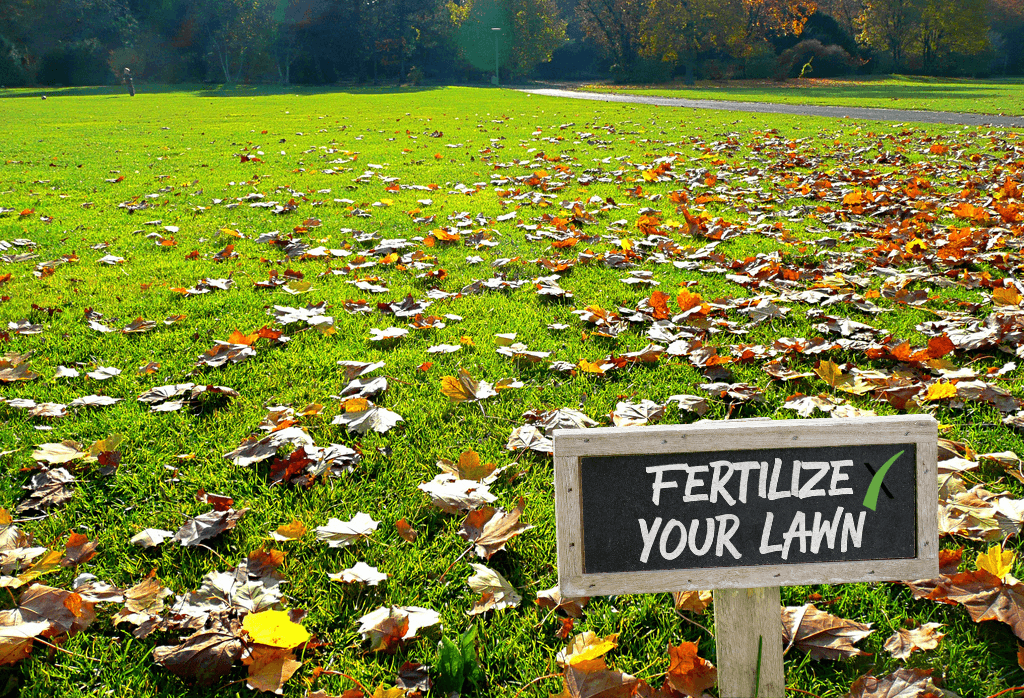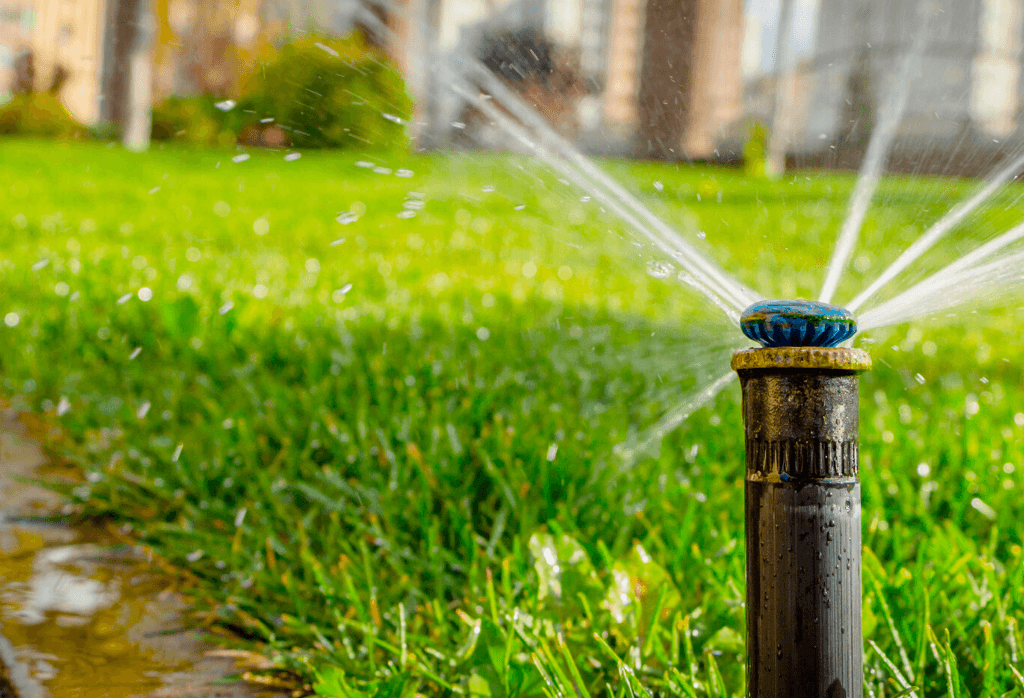Help Your Lawn Recover from Summer Stress
How To Prepare Your Lawn For Winter.
After a long, hot summer, your lawn’s probably feeling a little… well, worn out. Maybe it’s gone a bit brown, or you’ve got thin patches where the sun hit hardest. It happens. Even the healthiest lawns get stressed after months of heat, heavy foot traffic, and maybe the occasional forgetful watering day (hey, we’ve all been there).
But here’s the good news — your grass is resilient. With the right lawn care steps this fall, you can bring it back to life and get it looking lush again before next spring.
Let’s walk through how to help your lawn recover from summer stress, step by step.
Start by Giving It a Good Clean-Up
Think of this as your lawn’s version of a deep breath. Clear away leaves, fallen twigs, and any leftover debris. It might not sound like much, but all that clutter blocks sunlight and airflow — two things your grass desperately needs right now.
If you’ve got thatch (a thick layer of dead grass and roots sitting on top of the soil), it’s time to dethatch. You can use a rake, but for larger lawns, a power dethatcher does wonders. It helps air, water, and nutrients reach the roots again.
And yes, your lawn will look a bit rough afterward, but don’t panic — it’s all part of the recovery process.
Aerate to Let It Breathe Again
Summer heat compacts the soil, making it tough for grass roots to get what they need. Aeration relieves that stress and allows oxygen, water, and nutrients to move freely again.
If your lawn feels hard underfoot or water tends to sit on top instead of soaking in, that’s a clear sign it’s time to aerate.
At HomeTurf Lawn Care, we recommend aerating once every fall to promote stronger, deeper root growth. It’s one of the best things you can do for a lawn that’s seen a tough summer.

Overseed Thin or Bare Patches
You know those thin, scruffy spots that just won’t fill in? That’s your cue to overseed. Fall provides the perfect conditions for new grass seed to take root — the soil is still warm, and cooler air helps young blades grow strong without the stress of summer heat.
Here’s the trick:
Rake the area lightly to loosen the soil.
Spread a high-quality grass seed suited for your region.
Gently rake again, then water lightly every day until new growth appears.
Overseeding doesn’t just repair thin areas — it makes the entire lawn denser, which naturally crowds out weeds next spring. If you want help choosing the right seed blend, check out our Lawn Fertilization & Seeding Services page for expert advice.
Feed It — But the Right Way
After a stressful summer, your lawn’s roots are depleted. A slow-release fertilizer with balanced nutrients helps rebuild them before winter hits. Look for a fall-specific fertilizer that’s higher in potassium — that’s the nutrient responsible for strengthening roots and improving cold tolerance.
Apply fertilizer evenly and make sure the forecast is clear for a few days. Rain immediately after application can wash away the nutrients before the soil absorbs them.
And please, resist the urge to over-fertilize. More isn’t better. Too much nitrogen can spark a quick green-up that looks nice but actually weakens the grass long-term.

Water – But Adjust for the Season
Fall lawn care isn’t about daily watering anymore. The goal is to keep the soil consistently moist, not soggy.
After aeration or overseeding, water lightly every day for the first week or two, then reduce to two or three deep waterings a week. Each session should provide about an inch of water.
You can test this with the old tuna-can trick: set an empty can on your lawn and water until it’s filled to about one inch. Simple, low-tech, and surprisingly accurate.
If your area’s had plenty of rain lately, you might even be able to give your sprinklers a rest. Just keep an eye out for drought-stressed spots — they’ll appear duller or turn a grayish-green before browning.

Weed Out the Competition
Weeds love weak lawns. When your grass is stressed, invasive plants like dandelions and clover move in fast. The best time to treat them is now, before they have a chance to spread.
Use a selective broadleaf weed control product — one that targets weeds but leaves your grass alone. Fall treatments are extra effective because weeds are busy pulling nutrients into their roots, taking your treatment right along with it.
And remember, a healthy, thick lawn is your best long-term defense against weeds. The more you nurture your grass now, the less you’ll have to battle weeds later.
For more guidance, check out the Weed Control Services offered by HomeTurf.

Don’t Forget to Mow
Even though growth slows in the fall, your lawn still needs regular mowing. Keep your mower blade sharp and lower the cutting height slightly — around 2½ inches is ideal for most cool-season grasses.
Shorter grass prevents matting and helps air reach the soil surface. Just don’t go too short; scalping the lawn can stress the roots further.
And when you finally call it a season, clean your mower and store it properly. That way it’s ready to roll next spring without a fuss.
Consider a Professional Touch
Sometimes your lawn just needs a reset from the pros. HomeTurf’s local experts understand the unique conditions across Canadian climates. We tailor our lawn care treatments for soil health, grass type, and seasonal timing.
Hiring professionals isn’t a sign of giving up; it’s a smart investment. A properly maintained lawn boosts curb appeal, helps with drainage, and even raises home value. Plus, it just feels better to walk barefoot across a thick, healthy lawn, doesn’t it?
